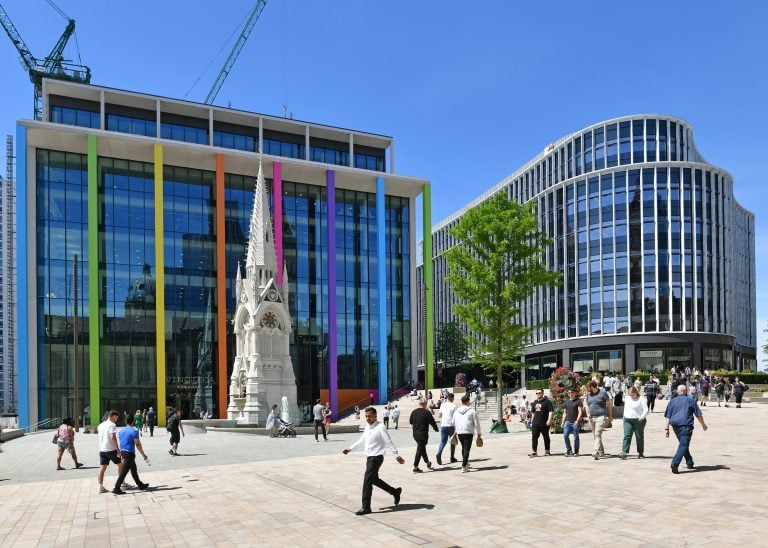Fast reading
- Real estate is a leading contributor to global emissions and climate change. It is also uniquely exposed to its effects. Climate resilience refers to the ability of the real estate industry to adapt to, and recover from, the impacts of climate change, which represents a material financial risk to real assets, for example from climate hazards such as storms, floods, fires and extreme heat.
- At the outset of the Three Chamberlain Square project, a resilience risk analysis of the site was commissioned to identify the impact of expected weather conditions arising from climate change on the building over its projected life cycle. The report sought to identify the key risks to the project and propose actions designed to mitigate them.
- By working in collaboration with suppliers and contractors, a database was established on the carbon of every element of the materials across the project. Every design decision was made in accordance with this consideration, from the selection of the structural frame down to the internal fixtures and finishes.
For more information on Federated Hermes Real Estate capabilities, please click here





